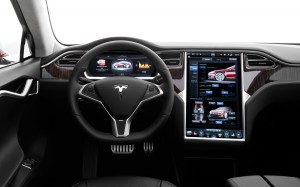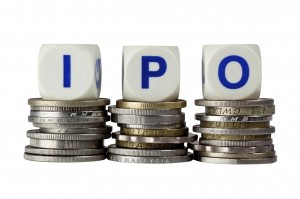 Ever since finishing that first SWOT assignment on Tesla, I feel like I’ve connected with and grasped the core characteristics of their company. Thus, it was a pleasant surprise to find an external blog scrutinizing Tesla’s research and development processes, especially given our discussion on this firm and created shared value.
Ever since finishing that first SWOT assignment on Tesla, I feel like I’ve connected with and grasped the core characteristics of their company. Thus, it was a pleasant surprise to find an external blog scrutinizing Tesla’s research and development processes, especially given our discussion on this firm and created shared value.
Fred Wilson’s post delineates the rise of a new concept that really intrigues me: incremental innovation. In class, we explored the ideas of both sustainable and disruptive innovations, which suggested that unorthodox competitive disruption in today’s marketplace is now the standardized norm. However, the thought of an “incremental” strategy seems to speak to a middle-ground approach, where firms adopt a systematic, structured process in relaying developments to consumers: is this perhaps a step above the erratic notion of disruption?
I definitely agree with Wilson’s assertion that Tesla’s “feature-by-feature” marketing launch tactic is a highly effective technique, as it helps control and maintain consumer segments by easing buyers through rapid technological advances. While I doubt that Tesla’s corporate growth and sales are going to expand as quickly as their pool of ideas, if they continue churning out convincing points-of-difference (such as their new 3-month “happiness guarantee” return policy) and distinctive peripheral value packages (see lease rate reductions), then it is obvious that they will generate huge future returns and can focus on that shared value bottom-line more effectively.
effective technique, as it helps control and maintain consumer segments by easing buyers through rapid technological advances. While I doubt that Tesla’s corporate growth and sales are going to expand as quickly as their pool of ideas, if they continue churning out convincing points-of-difference (such as their new 3-month “happiness guarantee” return policy) and distinctive peripheral value packages (see lease rate reductions), then it is obvious that they will generate huge future returns and can focus on that shared value bottom-line more effectively.





